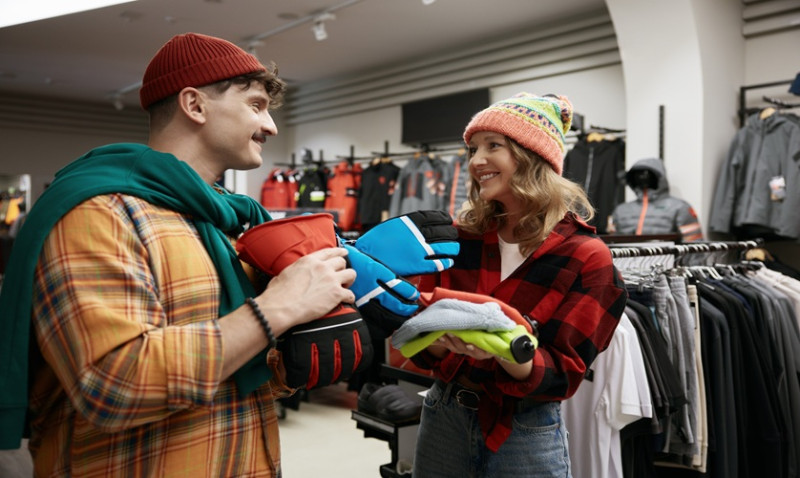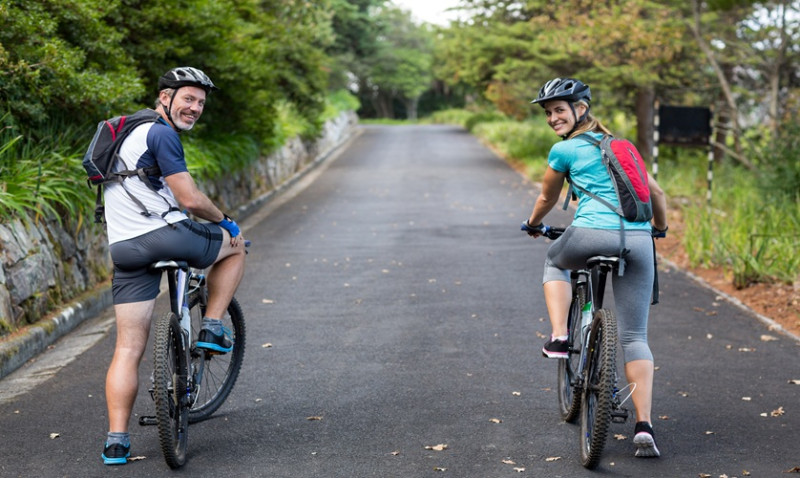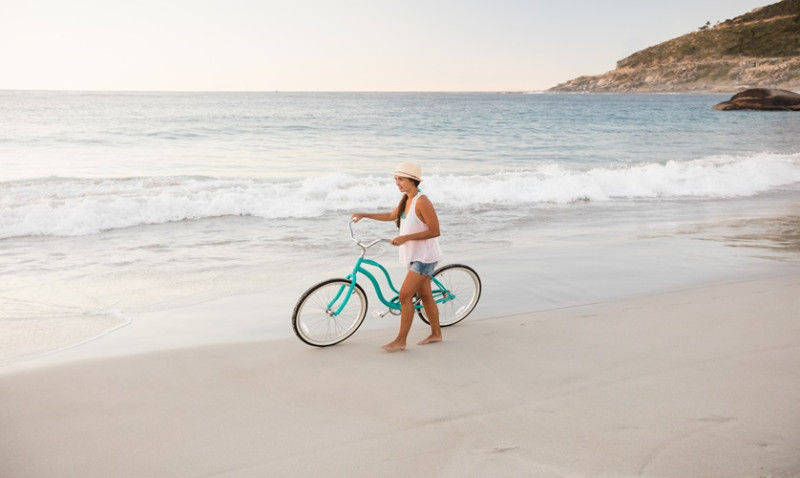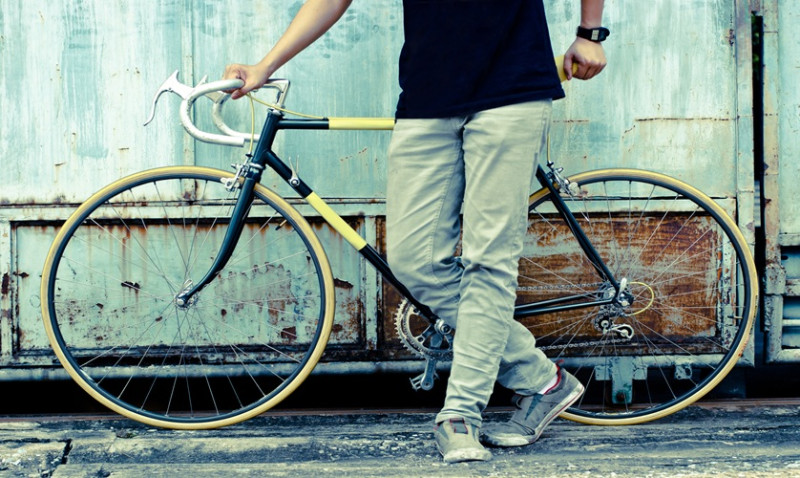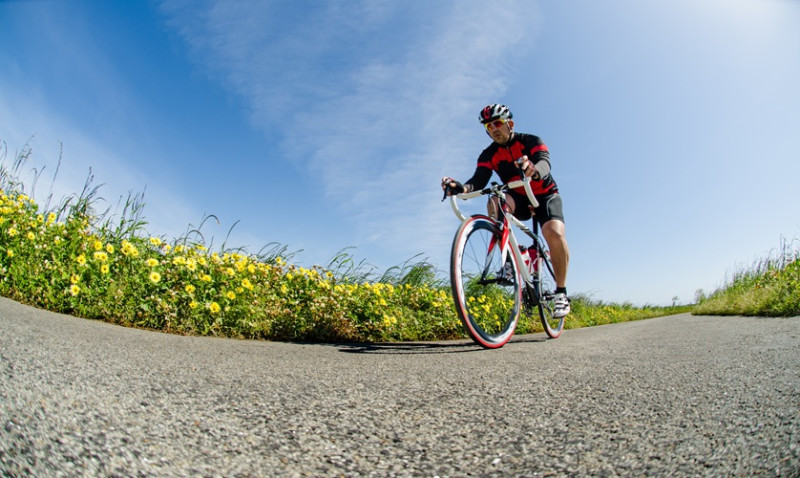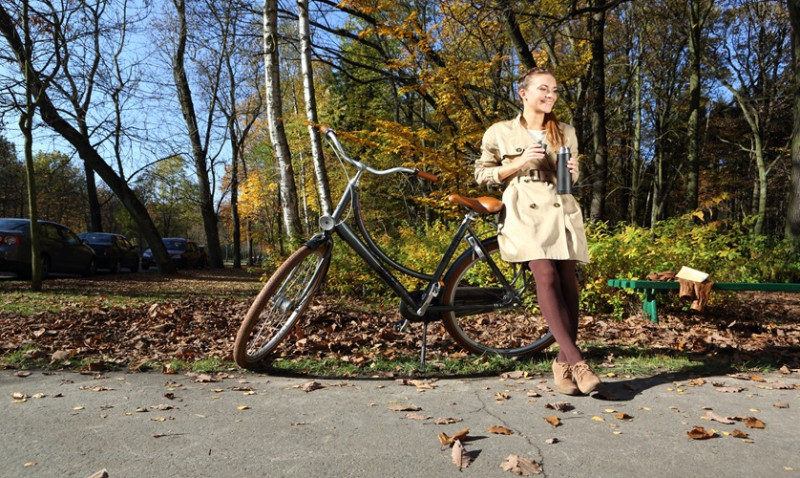
Whether you're a fitness enthusiast looking for a new challenge, a daily commuter wanting a healthier way to travel, or simply someone who wants to explore the UK countryside on two wheels, road cycling is one of the most rewarding hobbies you can take up. However, getting started can feel overwhelming. From choosing the right gear to understanding safety essentials, there’s a lot to consider. Here’s a complete breakdown of the 10 things you need to start road cycling smoothly and confidently.
1. A Quality Road Bike
The most important piece of kit for road cycling is, of course, the bike. But not just any bike—a road bike is specially designed for speed, efficiency, and comfort over long distances on paved roads. Road bikes typically feature lightweight frames, narrow tyres, and drop handlebars to help reduce wind resistance and improve your riding posture.
If you’re starting out, it’s wise to visit a reputable bike shop in the UK that offers bike fitting services. The right frame size and saddle height can make a huge difference to both your comfort and performance on the road. Don't overspend when you’re first starting—many entry-level alloy or carbon bikes from reputable brands like Giant, Trek, or Specialized will do the job.
Consider your intended usage. Will you be cycling every weekend, commuting to work, or joining competitive events? These decisions can shape your investment and the type of bike frame geometry you need.
2. Cycling Helmet
A helmet is non-negotiable. The UK law may not require it for adults, but safety should always come first. Your head is one of the most vulnerable parts of your body in the event of a fall or collision, and a helmet significantly reduces the risk of severe injury.
Look for a helmet that meets safety certifications such as CE EN 1078 – this is the European safety standard for helmets. It should fit snugly, sit level on your head, and not rock forward, backward, or side-to-side.
More expensive helmets often offer better ventilation and lighter weight, which is noticeable during long rides. MIPS (Multi-directional Impact Protection System) technology is also worth considering as it adds extra protection against rotational forces in a crash.
3. Clip-in Pedals and Cycling Shoes
While you can start riding with regular trainers and flat pedals, upgrading to clip-in pedals (also called clipless pedals) and compatible cycling shoes can greatly enhance your efficiency and power output. This system connects your foot directly to the pedal, allowing you to pull up as well as push down.
It may seem intimidating at first, but you’ll quickly get used to clipping in and out. Most beginners start with Shimano SPD-SL or Look Keo systems.
Investing in a pair of well-ventilated, stiff-soled cycling shoes will maximise the benefit. They reduce fatigue, improve power transfer, and offer better long-term comfort on longer rides.
4. Padded Cycling Shorts
Saddle discomfort is one of the main reasons people give up cycling. Proper padded cycling shorts, known as bib shorts, can make a world of difference. They come with a built-in chamois pad that cushions your sit bones and reduces friction on long rides.
High-quality bib shorts feature moisture-wicking, stretchy fabrics that support your muscles and stay in place. Avoid wearing underwear under them—it can cause irritation. Brand favourites among UK cyclists include Rapha, Endura, and Castelli.
If you’re commuting or want an alternative to lycra, padded undershorts worn beneath normal clothing are also a great starting point.
5. Basic Maintenance Tools and Spare Tubes
No matter how high-end your bike is, punctures and mechanical issues are inevitable. Arm yourself with a good multi-tool, tyre levers, spare inner tubes, and a mini pump or CO₂ inflator to avoid being stranded on the side of the road.
Learning how to fix a flat tyre or adjust your gears can save you time, money, and stress. Many UK bike shops and cycling clubs offer basic maintenance workshops aimed at beginners.
Keep a small saddle bag or frame-mounted toolkit on your bike so you’re always prepared for minor issues. Here's a quick checklist:
| Essential Repair Kit Items |
|---|
| 2 spare inner tubes |
| Tyre levers |
| Mini multi-tool |
| Patch kit |
| Pump or CO₂ inflator |
6. Cycling Jersey and Layered Clothing
Wearing a well-fitted cycling jersey provides more than just aerodynamic benefits. Jerseys come with useful back pockets to stash snacks, tubes, and your phone. They are designed to be breathable, quick-drying, and often come with reflective detailing for visibility.
The UK weather is famously unpredictable. Layering is essential to stay comfortable and dry. Consider packing a lightweight, windproof, and water-resistant jacket—and in the colder months, add base layers, thermal arm/leg warmers and overshoes for insulation.
Look for clothing that offers a combination of comfort, function, and visibility. Brands such as dhb, Altura, and Le Col offer good options for UK cyclists.
7. Bike Lights and Reflectors
Especially important in the UK where daylight hours can be short, bike lights are vital for both seeing and being seen. In fact, it's a legal requirement in the UK to use front and rear lights when riding between sunset and sunrise.
Invest in rechargeable LED lights. Front lights with at least 300 lumens are suitable for urban areas, but countryside roads may require 600 lumens or more. Rear lights should be bright (at least 50–100 lumens) and feature flashing modes for added visibility.
Combine these with reflective accessories like ankle straps, heel reflectors, and reflective clothing or decals on your bike for night-time riding confidence.
8. Hydration and Nutrition
Keeping hydrated is crucial on any ride longer than 30 minutes. Always carry one or two water bottles and ensure your bike has bottle cages installed on the frame. For intense or long rides, supplement water with electrolyte tablets to replace salts lost through sweat.
Cycling burns a significant amount of energy, so proper fuelling matters. Bring along energy gels, flapjacks, bananas, or oat-based snacks. The best habit is to eat a small amount every 30–45 minutes on long rides to keep your energy levels steady.
Experiment during training rides to find what works best for your stomach and taste preferences.
9. A Cycling Computer or Smartphone Mount
Tracking your progress not only motivates you but helps you improve. A simple cycling computer can track speed, distance, cadence, and heart rate. More advanced GPS models can also guide you through pre-loaded routes.
Smartphone mounting options are a good alternative if you don’t want to invest in a cycling computer straight away. Apps like Strava or Komoot offer great route planning, ride logging and navigation support.
Just be sure your mount is secure and rated for UK roads—which can often be bumpy. A waterproof case also helps to shield your device from rain and grime.
10. Join a Cycling Group or Club
Starting road cycling is easier and more fun when you're part of a community. UK cycling clubs are welcoming to newcomers and offer structured group rides with varying pace and distance. You’ll learn route planning, group riding etiquette and even pick up mechanical tips through peer support.
British Cycling’s website is a great place to find local clubs, from casual weekend riders to more competitive training groups. Look out for beginner-friendly "no drop" rides that won’t leave anyone behind.
Social riding also boosts consistency, gets you exploring new parts of the UK, and adds a much-needed dose of motivation—especially during tricky winter months.
Final Thoughts
Getting started with road cycling in the UK doesn’t have to be complicated. With the right essentials and a bit of planning, you’ll be on your way to enjoying the physical and mental benefits that come with life on two wheels. Whether you're commuting through quiet city streets, taking on leisure rides across the countryside, or heading for your first 100km challenge, being well-prepared ensures a more enjoyable, safer, and smoother journey from day one.
So grab your helmet, clip in, and hit the road. The UK’s endless lanes, rolling hills and coastal routes are waiting.
